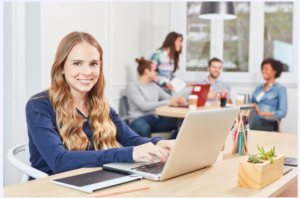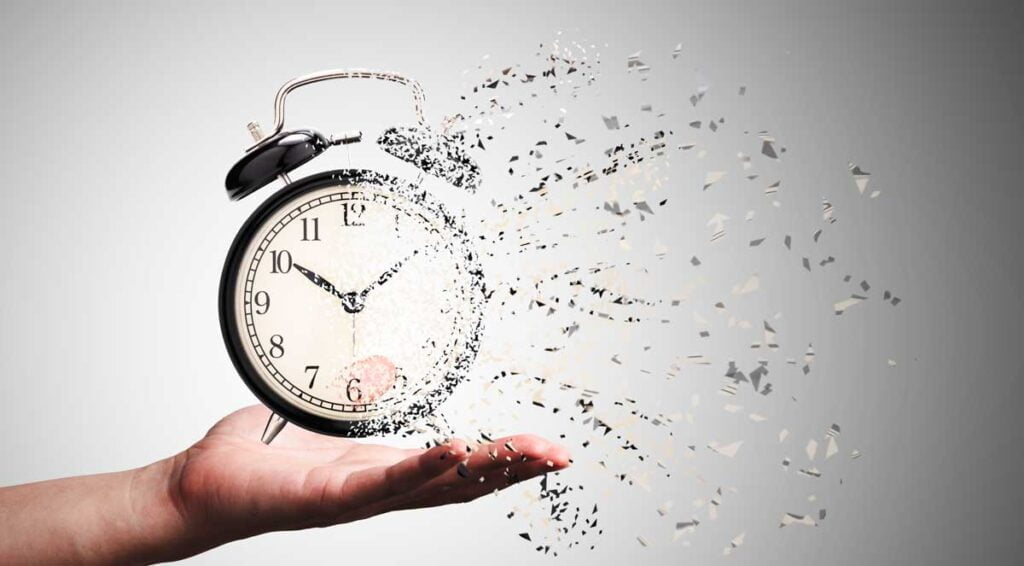Curricular Practical Training or CPT is a type of work authorization that permits students holding F1 visa to work off-campus in a position directly related to their major or program of study. CPT allows students to engage in internships, cooperative education programs, or other work experiences that are an integral part of their curriculum. CPT can be full-time or part-time, paid or unpaid, and may take place during the academic year or summer breaks. In this blog, we will discuss the details of CPT, and benefits for F1 visa holders.
Consulting with the designated school official (DSO) and following the necessary procedures will help students maximize the advantages of CPT while maintaining their legal status as international students.
Duration of CPT
The duration of Curricular Practical Training (CPT) can vary depending on the program and the academic institution’s guidelines. Generally, CPT can be undertaken on either a part-time or full-time basis. Full-time CPT allows students to work for more than 20 hours every week during official university breaks or vacation periods, while part-time CPT limits students to working not more than 20 hours per week while school is in session. The total duration of CPT typically should not exceed 12 months. However, it is important to note that engaging in full-time CPT for more than 12 month can make students ineligible for Optional Practical Training (OPT), which is another work authorization available to F-1 visa holders after completing their academic program.
Eligibility for CPT
You must have been a lawful full-time student in the United States for one academic year (i.e., two full terms) to qualify for CPT unless your academic program mandates immediate participation for all students. Maintain a valid F-1 visa and a medical coverage.
Advantages of Curricular Practical Training (CPT):
- Real-World Experience and skill development: CPT provides students with the opportunity to apply their theoretical knowledge in a practical work environment. It allows them to gain hands-on experience, develop practical skills, and understand how concepts learned in the classroom are implemented in real-world scenarios. CPT offers an environment for students to develop and refine a wide range of skills, including communication, teamwork, problem-solving, and time management. These transferable skills are in high demand by employers across various industries.
- Career Exploration and Development: Engaging in CPT enables students to explore several career paths and industries. It helps them gain insights into their field of study, identify their strengths and interests, and make informed decisions about their future career goals.
- Financial Support: Curricular Practical Training (CPT) offers F-1 visa holders in the US the advantage of financial support through paid opportunities. By participating in CPT, students can earn income that helps cover their education and living expenses. This financial support reduces the burden of tuition fees, accommodation costs, and everyday expenses. Moreover, it promotes independence and self-sufficiency by allowing students to rely less on external funding sources. The financial stability gained through CPT enables students to focus on their academic pursuits, gain relevant work experience, and fully immerse themselves in the international experience. By adhering to regulations and guidelines, students can benefit from the financial advantages of CPT while maintaining their F-1 visa status.
- Networking Opportunities: CPT allows students to build professional networks and establish connections within their industry of interest. Through interactions with colleagues, supervisors, and professionals, students can expand their professional contacts, seek mentorship, and potentially secure future job opportunities.
- Enhanced Employability and Resume Enhancement: Practical work experience gained through CPT can significantly enhance a student’s employability. Employers often value candidates with relevant industry experience, and CPT provides an avenue for students to demonstrate their skills, work ethic, and ability to contribute to the workplace. Having CPT experience can give students a competitive edge in the job market. Including CPT experience on a resume showcases a student’s practical experience and demonstrates their commitment to professional growth. It can make their resume stand out and differentiate them from other job applicants.
- Cultural and Global Exposure: For international students, CPT provides an opportunity to immerse themselves in the cultural and professional environment of their host country. It exposes them to diverse perspectives, work practices, and cultural norms, contributing to their personal and professional growth.
At Dilip Oak’s Academy, We also provide detailed guidance on these processes under our Admission Counseling Services, including a selection of universities, documentation process and visa counseling, and mock visa interviews. In addition, as India’s leading Study Abroad Consultants, we have helped more than 30,000 students to secure their dream admits for various universities in America including MIT, Stanford, Cornell, Carnegie Mellon and other top-ranked universities.
We also offer GRE, TOEFL, and IELTS coaching, GRE Self Prep and guide students with university selection, application essays, and visa counseling under our Admission Counseling Services for USA, Germany and UK. To enroll, call us on 91-020-67444222, 91-8007878495













